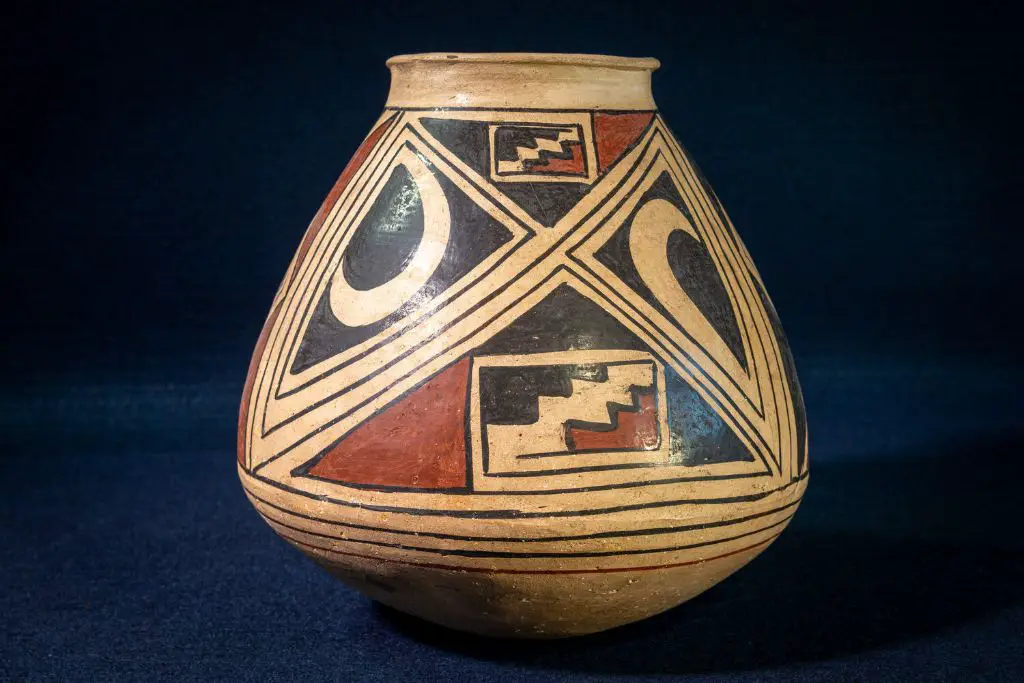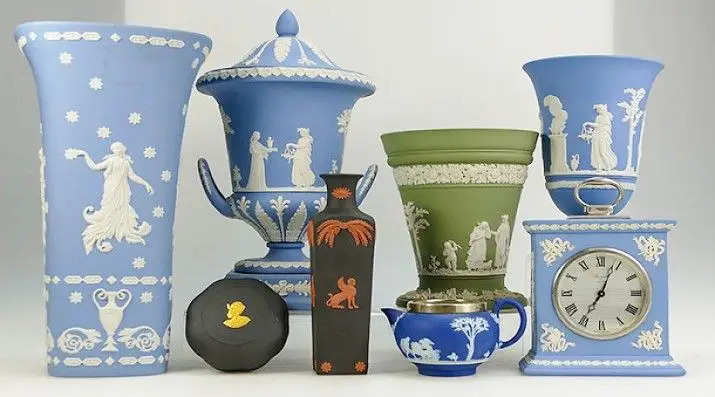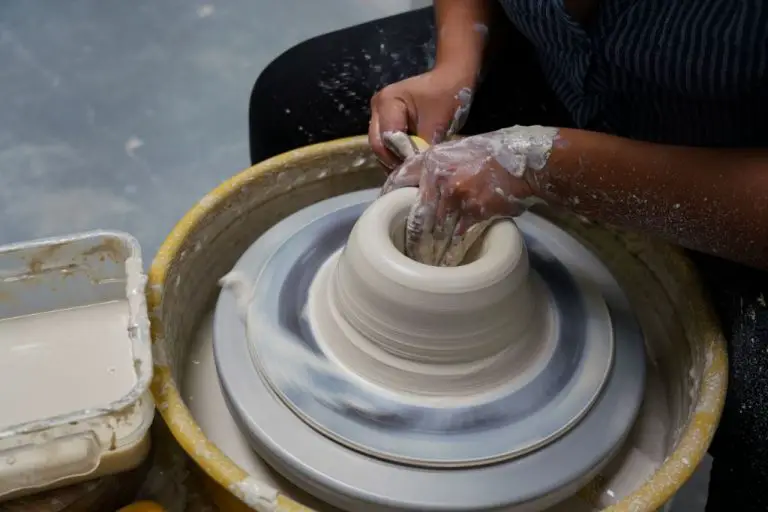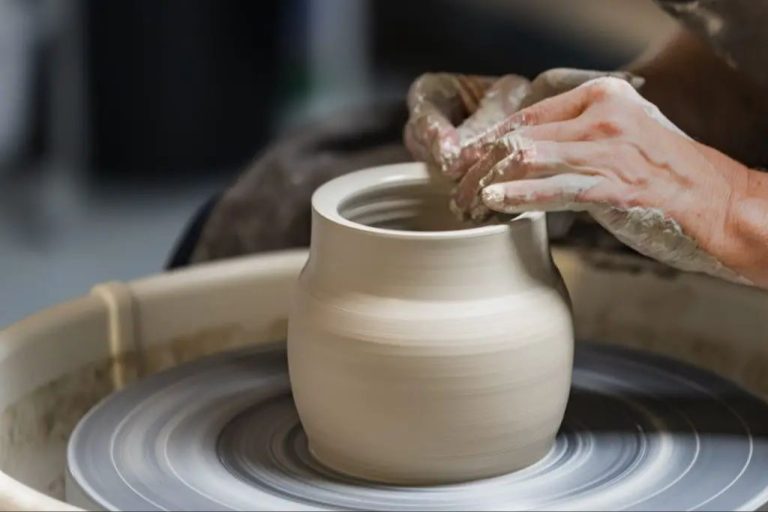Who Are The Famous Mexican Pottery Makers?
Mexican pottery has a long and rich history dating back thousands of years. Some of the earliest pottery artifacts found in Mexico have been traced to the pre-Olmec peoples of the early Formative period around 1500 BC. Over the centuries, numerous indigenous cultures developed their own unique pottery styles and traditions using local clays and natural pigments. After the arrival of the Spanish in the 16th century, European and Asian decorative techniques began influencing Mexican ceramics. Despite outside influences, many towns in Mexico have preserved age-old pottery techniques and designs passed down through generations. Mexican pottery remains an important craft today, with dozens of pottery centers producing everything from functional wares to fanciful folk art.
Some of the most well-known styles of Mexican pottery include the elegant Talavera wares of Puebla, the vibrant glazed ceramics of Tonalá, and the stark black clay pots of Oaxaca. Whether burnished, painted, glazed, or etched, the diversity of Mexican ceramics reflects the equally diverse cultural landscape of Mexico. From indigenous Zapotec pieces to the Moorish-influenced designs of Talavera, Mexican pottery brings together influences from across continents while retaining its own national character. This article will provide an overview of some of the major pottery styles and traditions of Mexico as well as information on the famous potters who have shaped the course of Mexican ceramics.
Barro Negro Pottery
Barro Negro pottery originates from the Oaxacan town of San Bartolo Coyotepec. This style of pottery uses black clay found only in that region of Mexico. The pottery has a polished smooth surface and is fired at a very high temperature which gives it its distinctive black color. Barro Negro dates back hundreds of years but it wasn’t until Doña Rosa Real de Nieto began popularizing it in the 1950s that it became famous worldwide. Doña Rosa adapted ancient regional techniques to create modern Barro Negro pottery styles. She helped establish this pottery as a major Mexican folk art form.
Talavera Pottery
Talavera pottery originated in the city of Puebla, Mexico and has a long and rich history dating back to the 16th century when it was first introduced by Spanish settlers. The Spanish brought over from Talavera de la Reina, Spain the technique of creating colorful tin-enameled earthenware. The pottery combines Spanish and Mexican influences, with the bright colors and flower motifs characteristic of Mexican pottery alongside the intricate painted designs of European ceramics.
Authentic Talavera pottery is handcrafted from clay and covered with an enamel coating of tin oxide and lead, which serves as the white base. Craftsmen then paint intricate designs by hand using natural pigments derived from minerals like iron oxide, copper oxide, antimony oxide, and cobalt. The pottery pieces are then fired at high temperatures which vitrifies the enamel work and finishes the ceramic piece. Talavera pottery ranges from utilitarian cooking dishes to decorative plates, vases, tiles, and more.
The Talavera tradition has been protected since the 1980s by Denominación de Origin de la Talavera, which ensures authentic Talavera comes only from workshops in Puebla. Talavera pottery remains an important Mexican craft representing a beautiful cross-cultural tradition. (https://www.directfrommexico.com/talavera-history.html)
Tonalá Pottery
Tonalá pottery comes from the town of Tonalá in Jalisco state. Tonalá has a long history of pottery making dating back to pre-Hispanic times. Today, Tonalá is known for producing burnished pottery with intricate, multicolored designs.1 The burnishing and polishing process brings out a high gloss shine.
Common motifs found on Tonalá ceramics include animals, flowers, and geometric patterns. The pottery is handcrafted using natural clays and mineral pigments. Pieces are shaped by hand or on a potter’s wheel, then painted with brushes made from human hair.2 After painting, the pottery undergoes an extensive polishing and burnishing process. This labor-intensive technique imbues the ware with incredible color depth.
Tonalá burnished pottery has symbolic and decorative uses. Pieces like vases, plates, and figurines are popular for display. Tonalá pottery is also used to make utilitarian wares like cookware and urns. The traditional burnished style has put Tonalá on the map as one of Mexico’s premier pottery centers.
Mata Ortiz Pottery
Mata Ortiz pottery originates from the small town of Mata Ortiz in the state of Chihuahua, Mexico. This style of pottery is inspired by the ancient Casas Grandes pottery tradition from the same region. Mata Ortiz pottery experienced a revival starting in the 1970s led by the talented potter Juan Quezada.

Juan Quezada was born in 1940 in Mata Ortiz and learned the art of pottery from his family. In the 1970s, he dedicated himself to recreating the pottery style of the ancient Paquimé culture, analyzing shards found in the Casas Grandes archaeological site. Through experimentation, Juan Quezada successfully revived the lost techniques of Casas Grandes pottery and taught the art to others in his community, sparking a renaissance in pottery making in Mata Ortiz (Source).
Today, Mata Ortiz is home to around 300 pottery workshops producing high quality pottery with intricate painted designs. Juan Quezada is recognized for almost single-handedly bringing back Casas Grandes pottery and putting Mata Ortiz on the map as a premier destination for Mexican folk art (Source). The revival of this ancient Mexican art form has provided jobs and preserved cultural heritage in the community.
Santa María Atzompa Green Glazed Pottery
The town of Santa María Atzompa in the state of Oaxaca has a long history of pottery making dating back to the Monte Alban period when the town was first established as a satellite community of the Zapotec capital (https://en.wikipedia.org/wiki/Green_glazed_pottery_of_Atzompa). Atzompa is especially known for its distinctive green glazed pottery.
The green glazed ceramics of Atzompa have been produced for over 500 years and represent a well-established pottery tradition in the region (https://bioone.org/journalArticle/Download?urlid=10.3158%2F41.1). The vibrant green glaze is made from copper oxide which gives it a unique color.
The clay and mineral deposits around Atzompa contribute to the distinctive characteristics of the pottery. Local potters still use traditional techniques originating from ancient Zapotec practices in creating the pottery (https://www.nomadcook.org/atzompa-pottery-clay-tradition/). Atzompa continues to be an important center for the green glazed pottery style today.
Capula Pottery
Capula pottery originates from the town of Capula in the state of Michoacán, Mexico. This region has abundant natural clay deposits which have been used for pottery making since pre-Columbian times.
The potters of Capula are known for their colorful Catrina figures, skulls, nativity scenes, trees of life, and decorative pots and vases. Their work often features intricate patterns, designs, and motifs. Many pieces incorporate Capula’s signature capulineado dot technique, executed with precision using a special pointed tool.
Local artisans dig the clay by hand, then throw it on a pottery wheel or mold it by hand. The pieces are left to dry before firing at high temperatures in wood-burning kilns. Finally, they are hand-painted with brightly colored enamels.
Capula pottery provides both utilitarian and decorative items that showcase Mexican folk art traditions. The catrinas and Day of the Dead themes connect with Mexico’s culture and history. Capula’s artisans have passed down their skills over generations while also innovating new styles and techniques.
San Bartolo Coyotepec Black Pottery
San Bartolo Coyotepec is located in the state of Oaxaca and is known for producing black pottery. The town has a history of pottery making dating back over 2,000 years. According to Wikipedia, “The clay of this area produces a distinctive color, which for most of the history has been a matte black like coal”.
The unique black clay found around San Bartolo Coyotepec is ideal for making pottery. As described on Onoracasa.com, “The dark clay found in the San Bartolo Coyotepec region has been used since Mesoamerican times. Utilitarian, figurative, and decorative pieces made 2,500 years ago during the Zapotec Empire were fired at high temperatures, resulting in sturdy pottery turned black”.
The firing process is important for achieving the deep black color. National Geographic explains that the pottery is “fired in sealed underground ovens at high temperatures” which allows it to turn black. The town is sometimes referred to as the “Pueblo of the Black Pottery”.
Today, San Bartolo Coyotepec continues the tradition of producing beautiful black pottery. Their distinctive style has made the town’s pottery famous internationally.
San Marcos Tlapazola Pottery
San Marcos Tlapazola is a Zapotec village located about an hour’s drive from Oaxaca City in the state of Oaxaca, Mexico. The village has a long tradition of pottery making, with women carrying on the craft for generations. San Marcos Tlapazola is known for its beautiful multicolored glazed pottery made from the iron-rich red clay found locally.
The pottery from San Marcos Tlapazola features intricate painted designs in vibrant colors like emerald green, cobalt blue, orange and yellow. The clay is smoothed and burnished before firing to create a glossy surface that displays light beautifully. Geometric patterns and stylized animal and plant motifs are common design elements on this pottery.
Macrina Mateo is one of the most acclaimed pottery masters from San Marcos Tlapazola today. Along with the other women artisans of the village, she works to preserve the town’s tradition of handcrafting utilitarian and decorative ceramic pieces [1].
Conclusion
Overall, there are many famous and important styles of Mexican pottery that have developed over centuries, which remain popular today. Each region has its own unique artistic traditions, techniques, and styles. Some of the major pottery styles we covered include the black clay pottery of San Bartolo Coyotepec, the green-glazed wares of Santa María Atzompa, Talavera pottery, and the polished black pottery of Oaxaca.
The continuing traditions of Mexican ceramics showcase amazing artistry and cultural heritage. Generations of artisans have passed down and innovated techniques over time. Many families and communities are still producing these iconic styles today using traditional methods. Mexican pottery remains highly sought after around the world for its beauty, quality, and cultural significance.
From the earthy black clays of Oaxaca to the elegant Talavera wares, Mexican ceramics represent an important part of the country’s living folk art. As artisans continue innovating within traditional regional styles, Mexican pottery promises to evolve yet maintain its cultural roots into the future.




